Home>Renovation & DIY>Tools & Equipment>What Grit Sandpaper For Acrylic Paint
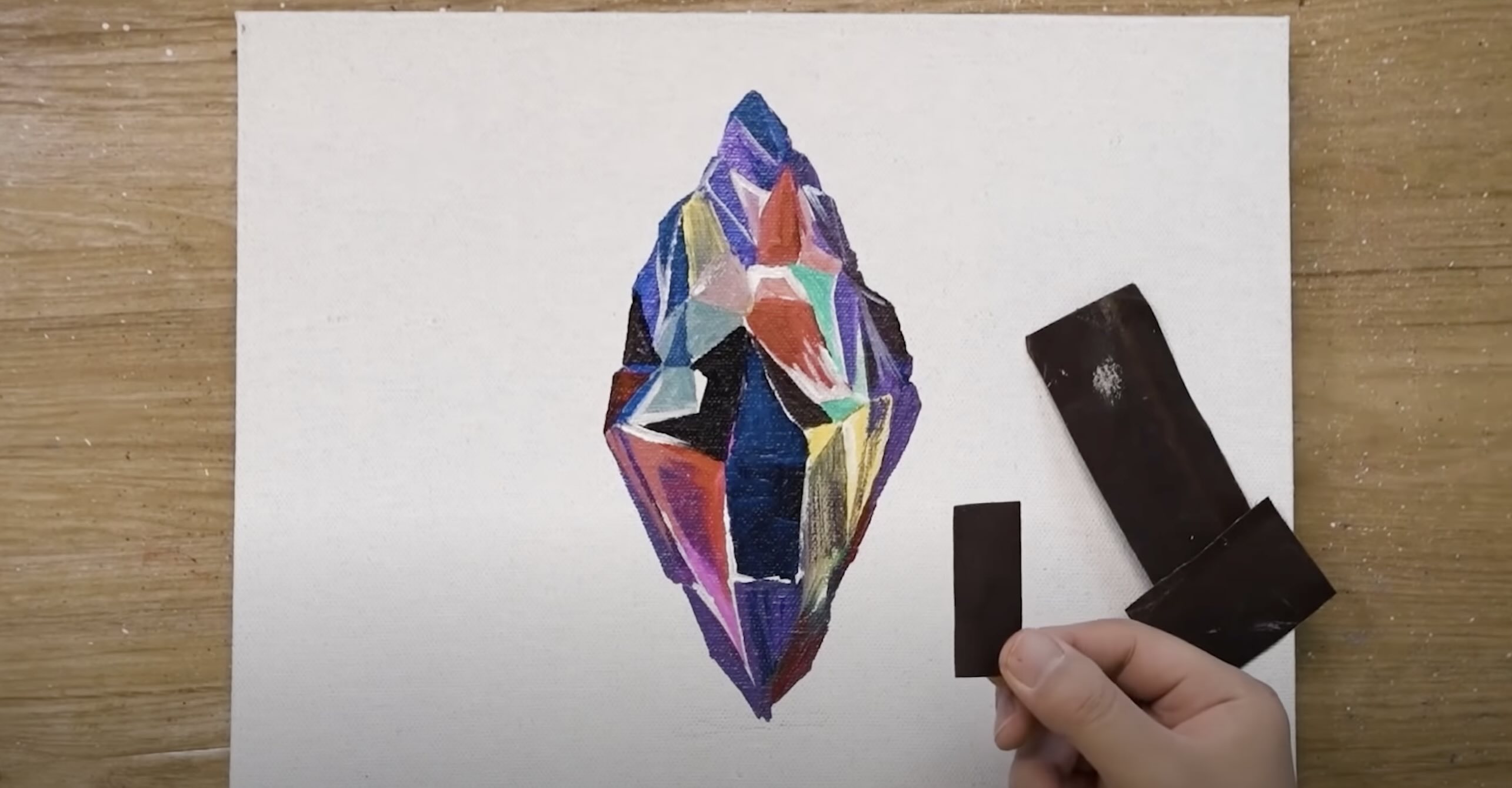

Tools & Equipment
What Grit Sandpaper For Acrylic Paint
Modified: January 9, 2024
Find the right grit sandpaper for acrylic paint with our expert guide. Explore a range of tools and equipment for a smooth finish.
(Many of the links in this article redirect to a specific reviewed product. Your purchase of these products through affiliate links helps to generate commission for Storables.com, at no extra cost. Learn more)
Introduction
Welcome to the world of acrylic painting, where vibrant colors and creative expression come together to bring your artistic vision to life. Whether you’re a professional artist or just starting out on your artistic journey, the right tools and techniques are essential for achieving the desired results.
One such technique that plays a crucial role in the acrylic painting process is sanding. Sanding helps to create a smooth and even surface for your acrylic paint to adhere to. But when it comes to sanding acrylic paint, one important question arises – what grit sandpaper should you use?
In this article, we will explore the different grits of sandpaper and guide you in choosing the right one for your acrylic painting projects. So let’s dive in and uncover the secrets of sanding acrylic paint to perfection.
Key Takeaways:
- Choose the right grit sandpaper for acrylic paint based on surface condition and desired smoothness. Progress from coarser to finer grits for professional-looking results.
- Consider factors like surface type, desired outcome, and sanding equipment when selecting sandpaper grit. Gradually refine the surface for flawless acrylic paint application.
Read more: What Grit Sandpaper For Finishing Paint
Understanding Acrylic Paint
Before we delve into the topic of sanding acrylic paint, let’s take a moment to understand what acrylic paint is and why it’s such a popular choice among artists.
Acrylic paint is a versatile and fast-drying medium that consists of pigments suspended in an acrylic polymer emulsion. It offers a wide range of benefits, including vibrant colors, excellent color retention, and the ability to be used on a variety of surfaces such as canvas, paper, wood, and even plastic.
Acrylic paint is known for its quick drying time, allowing artists to work rapidly and layer colors without having to wait for extended periods. Additionally, it has a water-soluble nature, which means you can dilute it with water to create different viscosities and translucent effects.
With its ability to mimic the appearance of both oil and watercolor paints, acrylic paint has gained popularity among artists of all levels. Whether you’re aiming for bold, opaque strokes or delicate, transparent washes, acrylic paint allows you to achieve a wide range of effects.
Now that we have a basic understanding of acrylic paint, let’s explore the importance of sanding in the context of acrylic painting.
Importance of Sanding
When it comes to painting on any surface, whether it’s canvas, wood, or even plastic, achieving a smooth and even surface is crucial. Sanding plays a vital role in preparing the surface for painting by removing imperfections and creating a suitable texture for the paint to adhere to.
One of the key benefits of sanding is that it helps to smooth out any rough patches or uneven areas on the surface. This is especially important when working with acrylic paint, as it has a high level of viscosity and can easily highlight any imperfections on the surface.
Sanding also helps to improve the adhesion of the paint to the surface. By lightly sanding the surface, you create tiny abrasions that provide a better grip for the paint. This ensures that the paint adheres properly and reduces the risk of peeling or flaking over time.
Another advantage of sanding is that it allows for better color application and blending. A smooth surface ensures that the paint glides on evenly, resulting in more consistent and professional-looking results. It also helps to blend colors seamlessly, creating smooth transitions and gradients.
Furthermore, sanding can be particularly beneficial when working on surfaces that are prone to absorbing paint unevenly, such as wood or textured materials. By sanding the surface, you create a more uniform absorption rate, allowing the paint to distribute more evenly.
Overall, sanding is an essential step in the acrylic painting process that should not be overlooked. It not only improves the overall appearance and longevity of your artwork, but it also enhances your painting experience by providing a smooth canvas for your creative expression.
Now that we understand the importance of sanding, let’s delve deeper into the concept of grit in sandpaper and its significance in the acrylic painting process.
What is Grit in Sandpaper?
When it comes to sandpaper, you may have noticed a number followed by the word “grit” printed on the packaging. This number represents the level of coarseness or fineness of the abrasive particles on the sandpaper’s surface. In simple terms, it indicates how rough or smooth the sandpaper is.
The grit value is determined by the number of abrasive particles per square inch on the sandpaper. A higher grit value indicates finer particles, while a lower grit value indicates coarser particles. The range of grits typically used in sandpaper for acrylic painting projects can vary from as low as 60 to as high as 3000.
Having a variety of grits allows artists to select the most suitable sandpaper for their specific needs. When it comes to sanding acrylic paint, it’s crucial to choose the right grit to achieve the desired level of smoothness without damaging the underlying surface.
Now, you might be wondering, why is the grit size important? Well, the answer lies in the fact that different grits have varying levels of abrasiveness. Coarser grits remove more material and are ideal for rougher surfaces or when you need to remove layers of old paint or imperfections. Finer grits, on the other hand, are used to refine the surface, smoothen out any roughness, and prepare it for painting.
It’s important to note that using too coarse a grit can scratch or damage the surface of your project, while using too fine a grit may not be effective in achieving the desired smoothness. The key is to find the right balance based on the condition of the surface and the desired outcome.
Now that we have a clear understanding of what grit is in sandpaper, let’s move on to selecting the right grit sandpaper for your acrylic paint projects.
Use 320-400 grit sandpaper for acrylic paint. This fine grit will smooth the surface without causing damage, allowing for a better finish when applying additional coats of paint.
Choosing the Right Grit Sandpaper for Acrylic Paint
Choosing the right grit sandpaper for your acrylic paint projects is crucial to achieve the desired smoothness and prepare the surface for painting. While the specific grit you choose depends on the condition of the surface and your desired outcome, there are some general guidelines to follow.
If you’re starting with a rough or heavily textured surface, it’s best to begin with a coarser grit sandpaper. Grits such as 60 or 80 are ideal for removing any bumps, rough patches, or old layers of paint. This helps to create a smoother base on which to apply your acrylic paint.
Once the initial roughness is resolved, you can gradually move on to finer grits. Grits such as 120 or 150 are suitable for refining the surface further and preparing it for paint application. These grits will help to smoothen out any remaining imperfections and create a more even canvas for your artwork.
If your surface is already relatively smooth and you only need to prepare it lightly, you can start with a finer grit sandpaper. Grits such as 220 or 320 are commonly used for light sanding and preparing surfaces that are already in good condition. These finer grits will help to clean the surface, remove any minor flaws, and create a smooth texture for the paint to adhere to.
When it comes to sanding acrylic paint, it’s generally recommended to avoid extremely fine grits above 600. While these ultra-fine grits can create a smooth surface, they can also polish the paint, making it difficult for subsequent layers of paint to adhere properly. Instead, aim for grits between 150 and 600 for the best results.
Additionally, it’s important to note that as you progress from coarser to finer grits, it’s essential to sand in a consistent and even manner. Avoid applying too much pressure, as it can result in uneven sanding and potential damage to the surface.
Remember to always test your chosen grit sandpaper on a small, inconspicuous area before proceeding to sand the entire surface. This allows you to assess the impact of the sanding process and make any necessary adjustments.
By choosing the right grit sandpaper and following proper sanding techniques, you can ensure a smooth and even surface for your acrylic paint, leading to professional-looking results.
Now that we have explored the various grit options and their uses, let’s consider some additional factors to consider in the process of selecting the right sandpaper for your acrylic paint projects.
Read more: What Grit Of Sandpaper For Painted Wood
Factors to Consider
When selecting the right grit sandpaper for your acrylic paint projects, there are several factors to consider to ensure optimal results. Let’s explore these factors below:
- Type of Surface: The type of surface you are working with plays a significant role in determining the grit of sandpaper you should use. Different surfaces, such as wood, canvas, or plastic, may require different levels of sanding to achieve the desired smoothness. Consider the material and texture of the surface before choosing the appropriate grit.
- Condition of the Surface: Assess the condition of the surface you’re working on. If it is rough or has imperfections like bumps, deep scratches, or old layers of paint, you may need to start with a coarser grit to remove these issues. If the surface is already in relatively good condition, you can opt for a finer grit to refine the texture.
- Desired Outcome: Determine the level of smoothness you want to achieve for your acrylic paint project. If you’re going for a polished and flawless finish, you may need to progress through a range of grits, starting from coarse and gradually moving towards finer ones. If you’re aiming for a more textured or rustic effect, a lower grit may be sufficient.
- Sanding Equipment: Consider the sanding equipment you have available. Different sanding tools, such as sanding blocks, orbital sanders, or sanding sponges, may work better with certain grits of sandpaper. Experiment with different tools to find the one that suits your needs and makes the sanding process more comfortable and efficient.
- Artistic Style and Technique: Your artistic style and technique can also influence your choice of sandpaper grit. Some artists prefer a smoother surface for precise details, while others may embrace the texture and imperfections created by coarser grits. Consider your personal preference and artistic goals when selecting the appropriate grit.
- Experience Level: Your level of experience with sanding and acrylic painting can also impact your choice of sandpaper grit. If you’re a beginner, it’s advisable to start with less aggressive grits and gradually work your way up as you gain more confidence and skill.
By taking these factors into account, you can make a well-informed decision and choose the most suitable grit sandpaper for your specific acrylic paint project.
Now that we’ve explored the various factors and considerations, let’s summarize the different grits and their specific uses when sanding acrylic paint.
Different Grits and their Uses
When it comes to sanding acrylic paint, there is a wide range of grit options available. Each grit serves a specific purpose and is suited for different stages of the sanding process. Let’s take a closer look at the various grits and their uses:
- Coarse Grits (60-100): These grits are used for initial sanding on rough surfaces or when dealing with significant imperfections. They are effective in removing bumps, deep scratches, or layers of old paint. Coarse grits help to create a smoother base and prepare the surface for finer sanding.
- Medium Grits (120-150): Medium grit sandpapers are ideal for refining the surface further and preparing it for paint application. They are effective in removing smaller imperfections and creating a more even texture. Medium grits are commonly used after coarse sanding to achieve a smoother surface.
- Fine Grits (180-220): Fine grits are used for light sanding and to smoothen out any remaining roughness on the surface. They are effective in removing minor flaws and creating a more polished appearance. Fine grits are often used as a final step before painting to ensure a smooth canvas for the acrylic paint.
- Very Fine Grits (320-600): Very fine grit sandpapers are generally not recommended for sanding acrylic paint directly. These ultra-fine grits are more suitable for polishing the paint surface for a glossy or smooth finish. However, caution should be exercised as using extremely fine grits can result in the paint becoming too smooth, making it difficult for subsequent layers of paint to adhere properly.
It’s crucial to note that these grit ranges may vary depending on the brand and manufacturer of the sandpaper. It’s always a good practice to refer to the packaging or consult the manufacturer’s recommendations for specific product details and guidance.
Remember, the key to achieving the desired results is to progress gradually from coarser to finer grits, ensuring that each sanding stage is carried out evenly and uniformly. Take your time and evaluate the surface after each sanding step to determine if further sanding is required.
With the right selection of sandpaper grits and proper sanding techniques, you can achieve a smooth and flawless surface for your acrylic paint, allowing your artistic vision to shine through.
Now, let’s wrap up our discussion on sanding acrylic paint.
Conclusion
Sanding is a crucial step in the acrylic painting process, ensuring a smooth and even surface for your artwork. By understanding the role of sanding and selecting the right grit sandpaper, you can enhance the overall quality and appearance of your acrylic paint projects.
Starting with a coarser grit sandpaper, you can remove any rough patches, imperfections, or old layers of paint, creating a smoother base. As you progress to finer grits, you refine the surface further, achieving a polished and even texture ready for paint application.
Key factors to consider when choosing the right grit include the type and condition of the surface, your desired outcome, the sanding equipment available, your artistic style and technique, and your level of experience. Careful consideration of these factors will help you select the most suitable grit for your specific project.
Remember to always sand in a consistent manner, applying even pressure and testing the sandpaper on a small area before proceeding to the entire surface. This will allow you to evaluate the impact of the sanding process and make any necessary adjustments.
By following these guidelines and incorporating sanding into your acrylic painting routine, you can achieve professional-looking results, with smooth and flawless surfaces that serve as the foundation for your artistic expression.
So, the next time you embark on an acrylic paint project, don’t forget the importance of sanding and the role it plays in enhancing the overall quality and longevity of your artwork.
Happy painting!
Frequently Asked Questions about What Grit Sandpaper For Acrylic Paint
Was this page helpful?
At Storables.com, we guarantee accurate and reliable information. Our content, validated by Expert Board Contributors, is crafted following stringent Editorial Policies. We're committed to providing you with well-researched, expert-backed insights for all your informational needs.
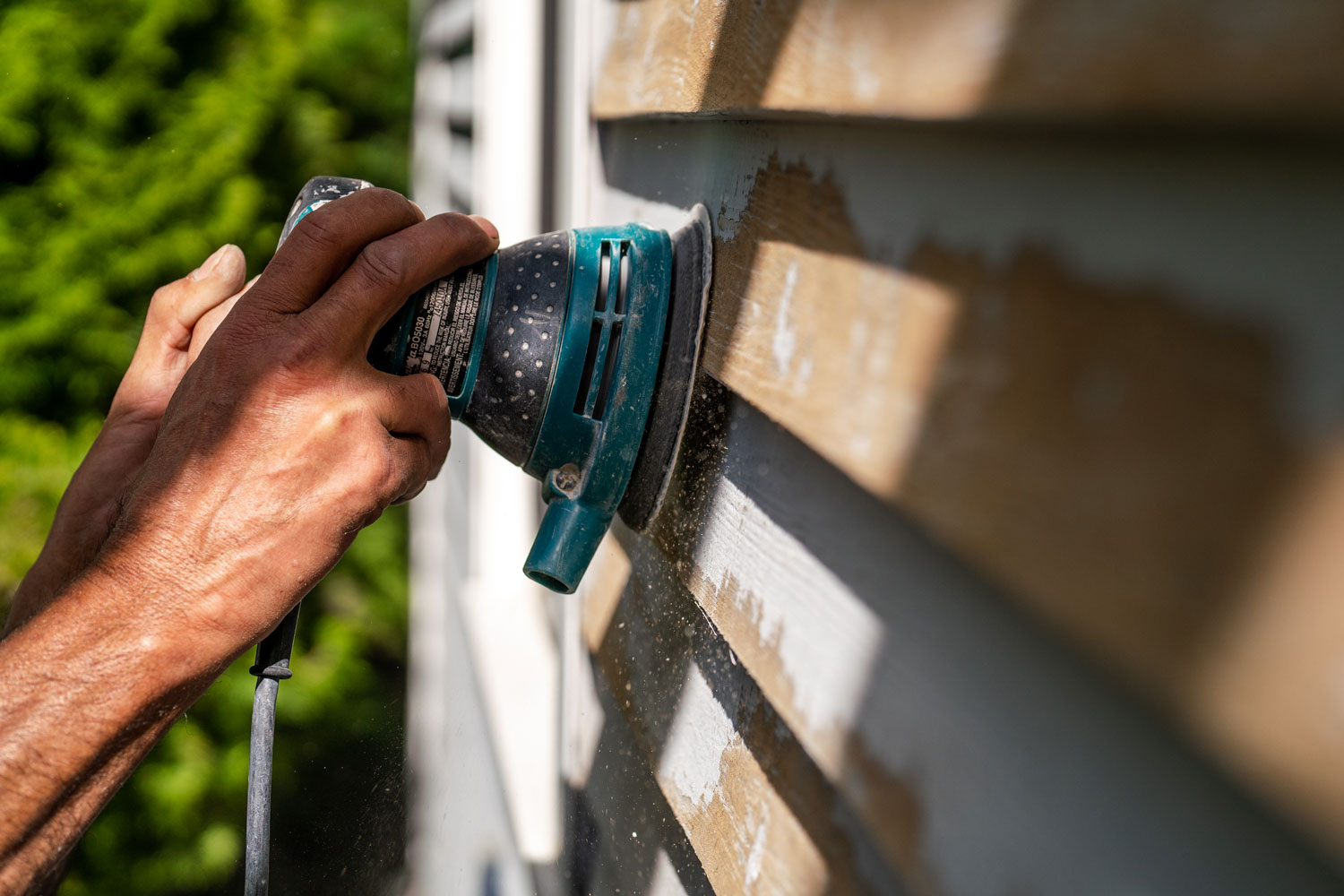

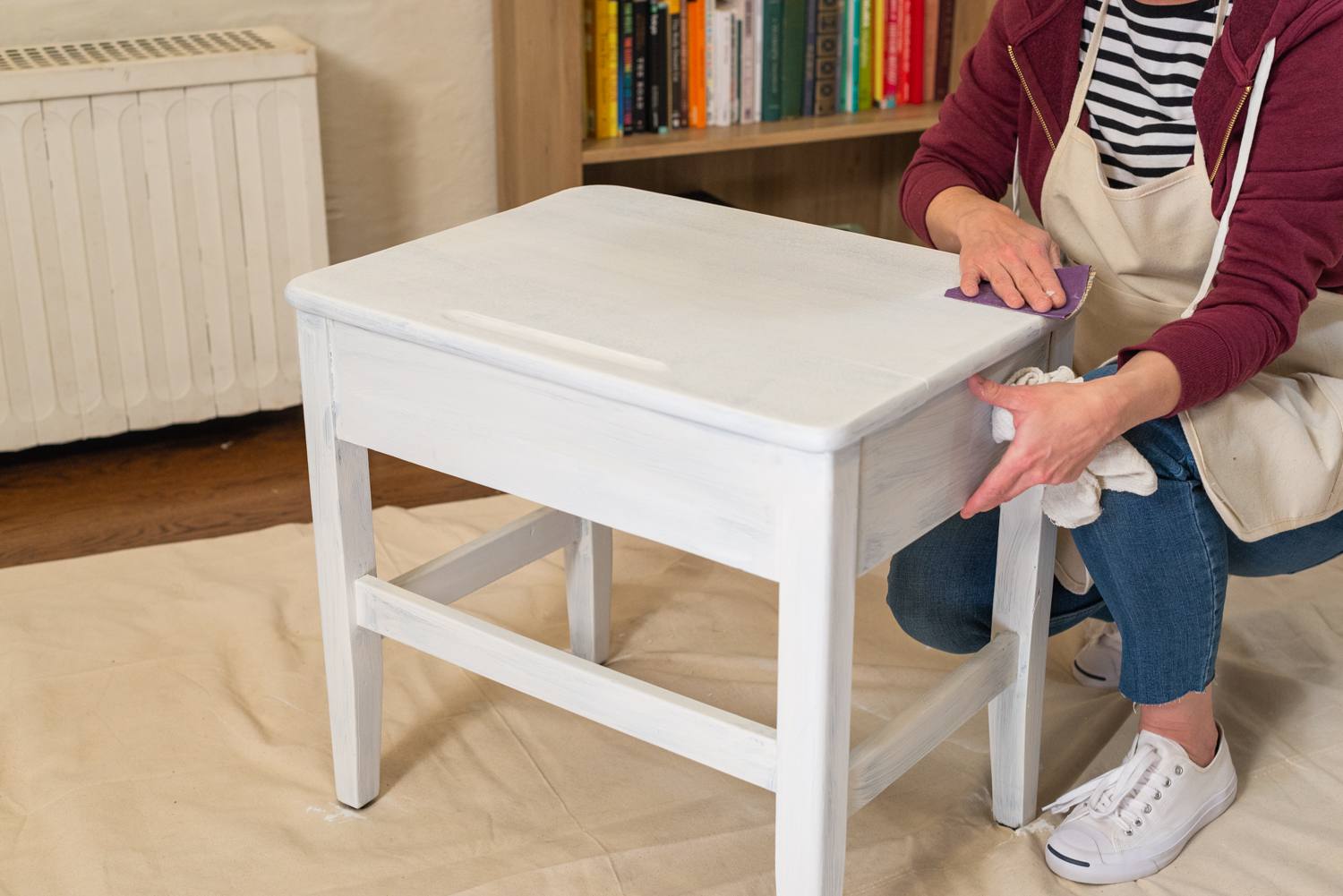
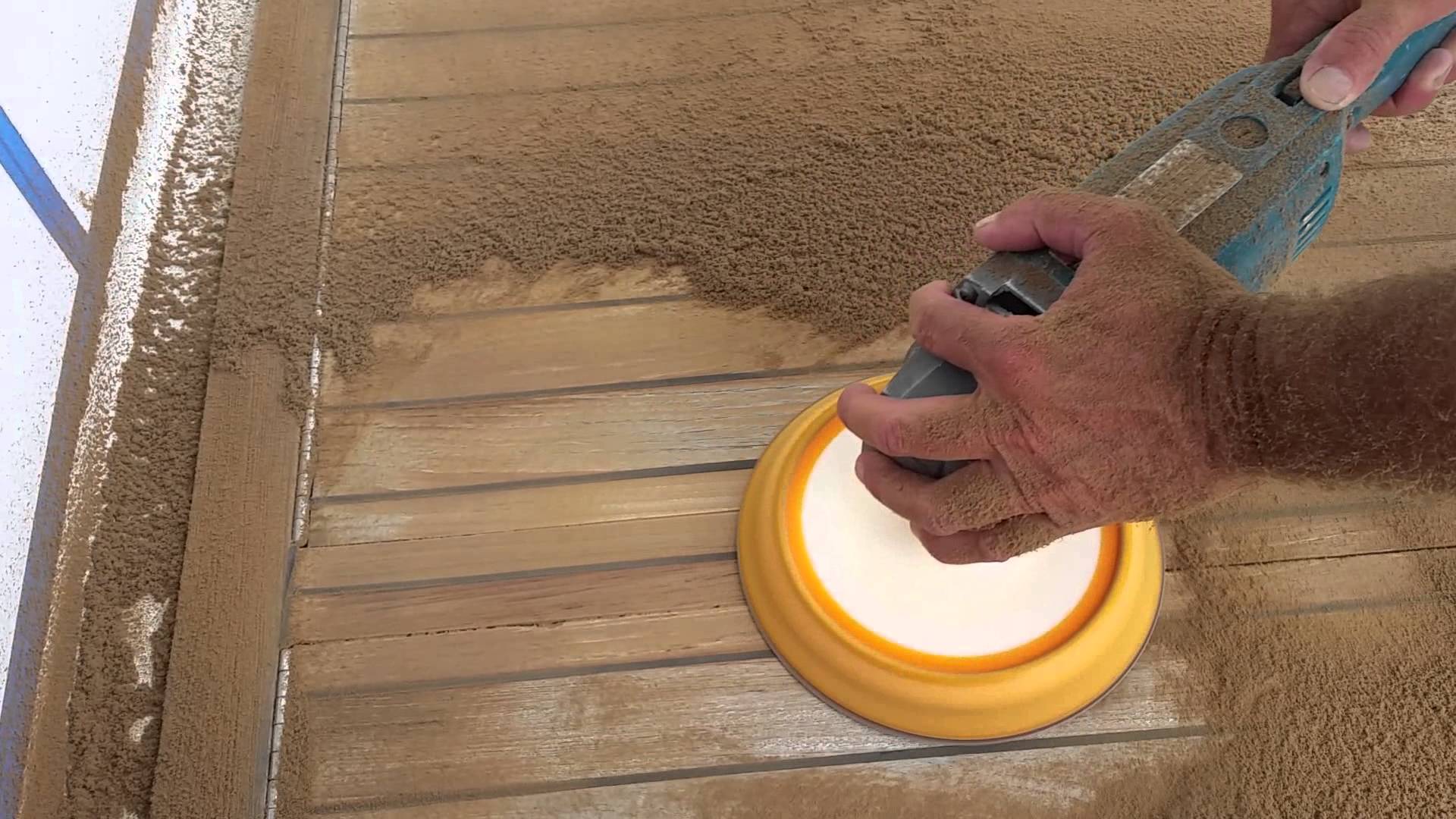
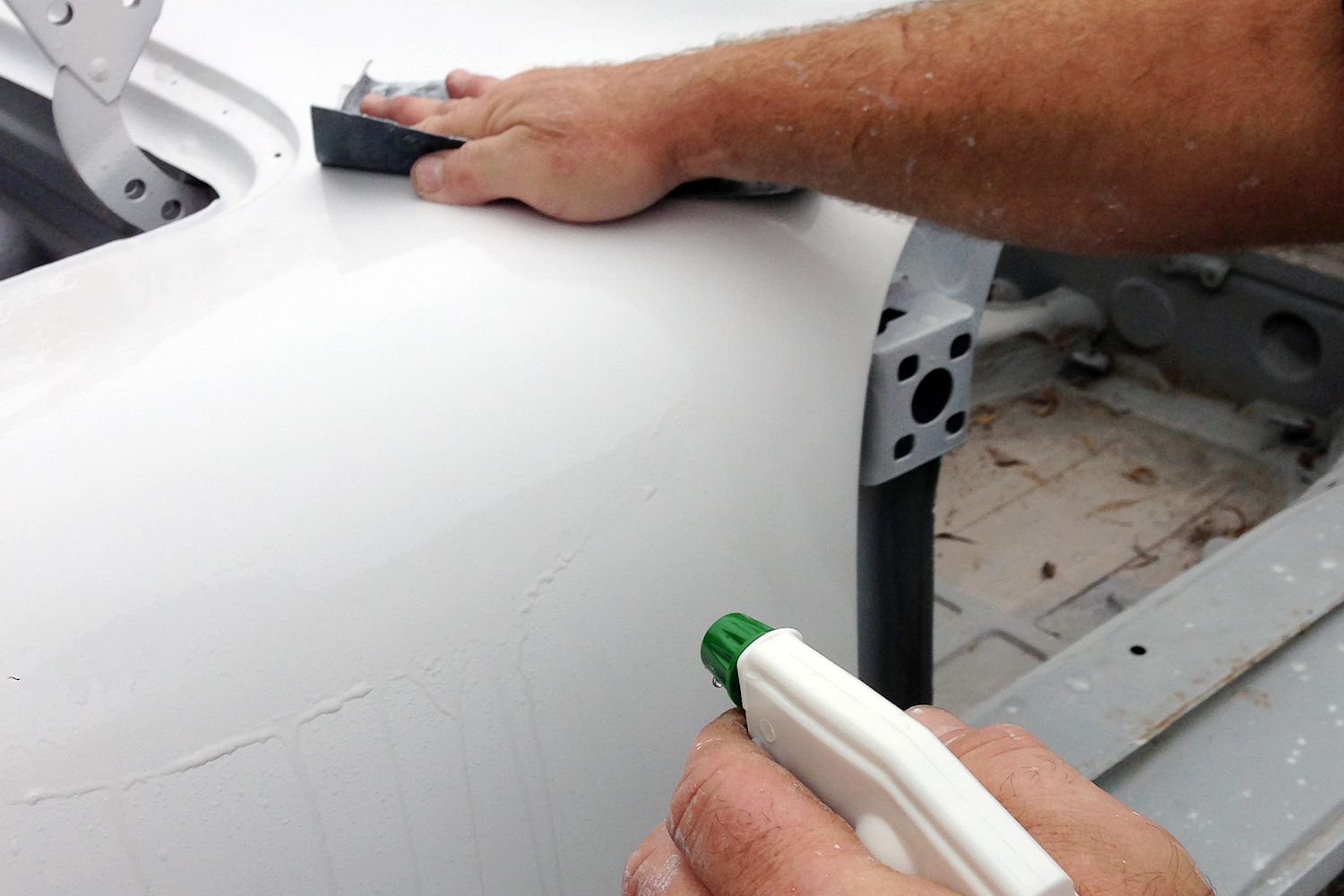
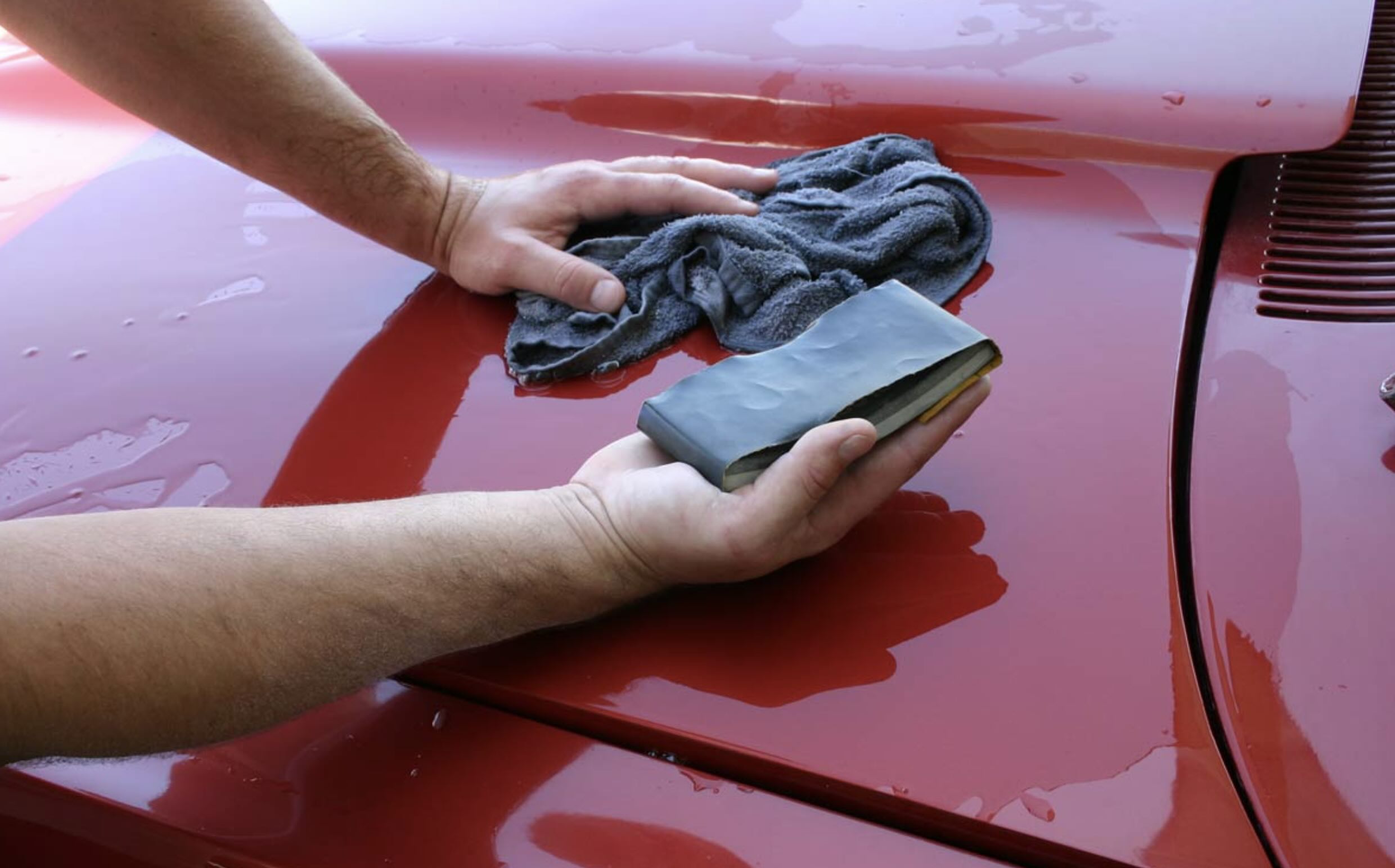
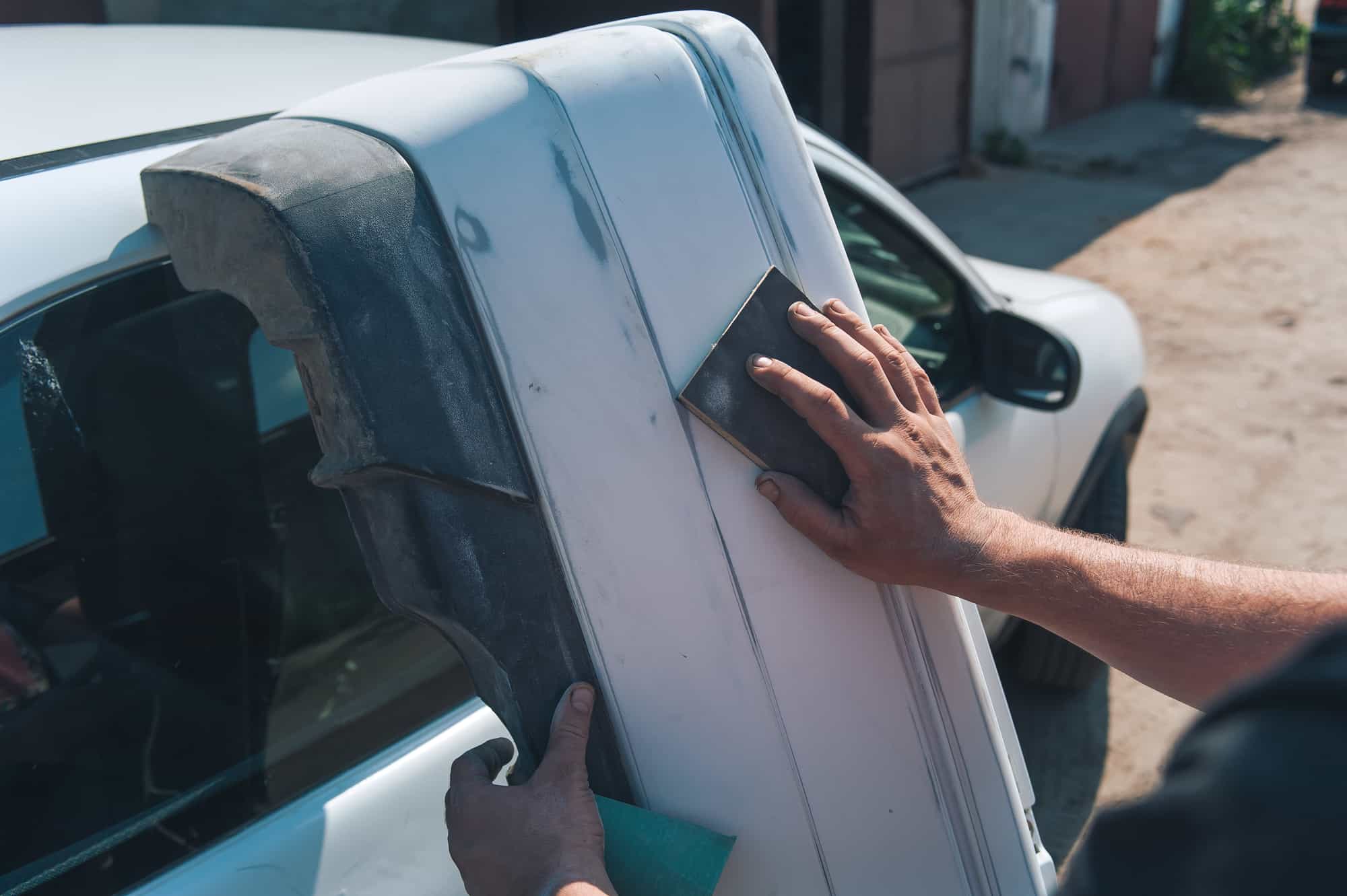
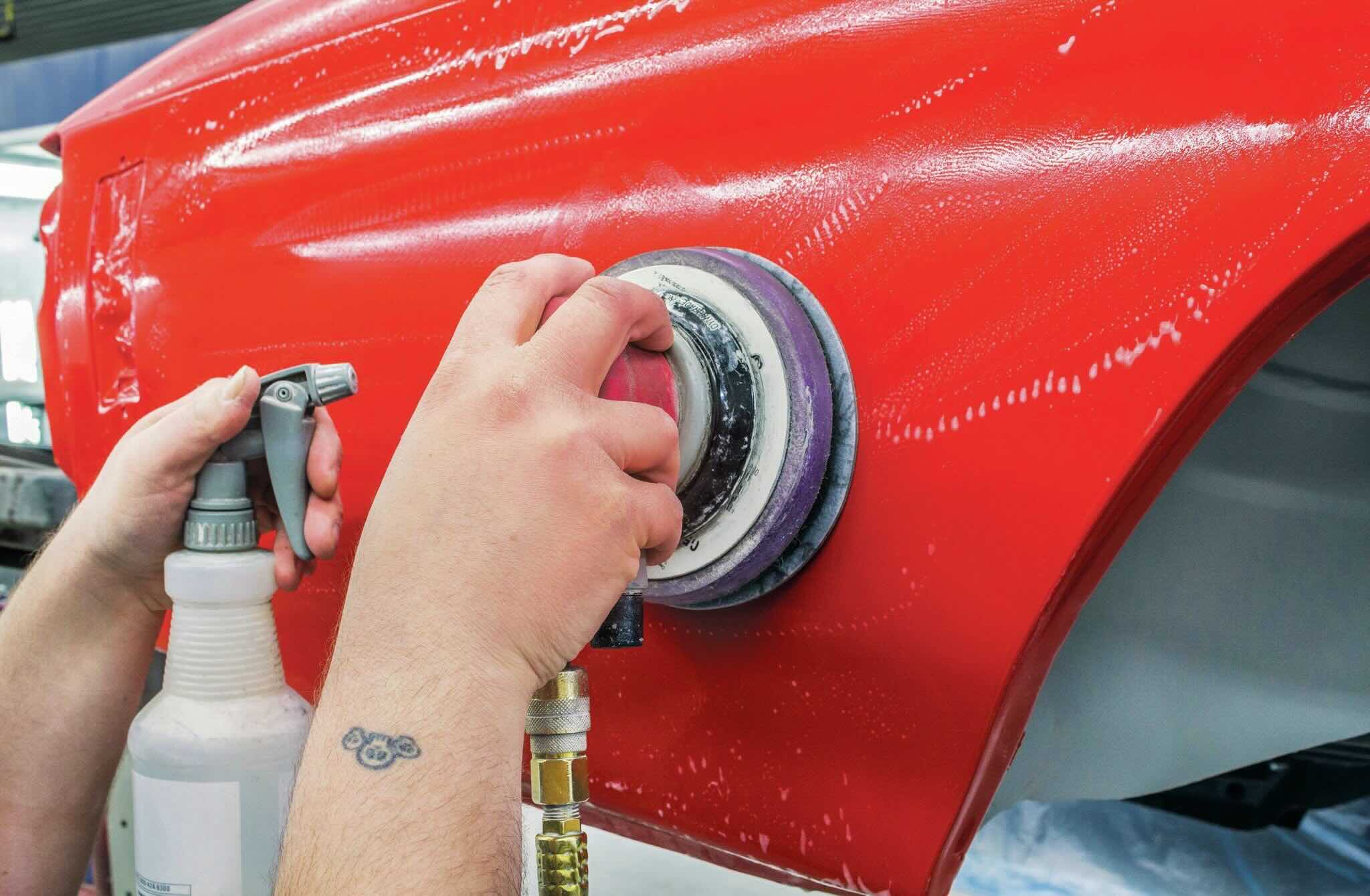
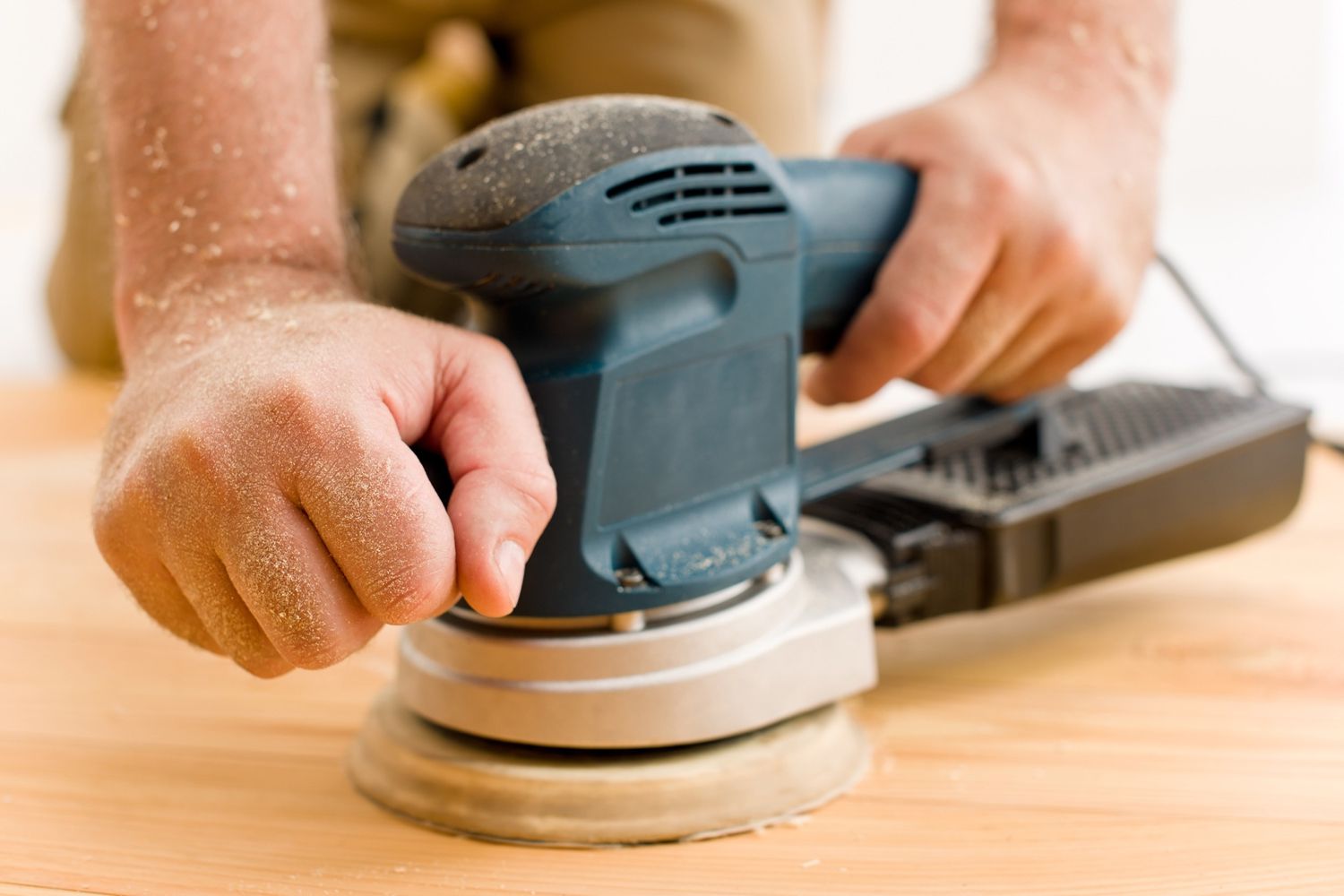
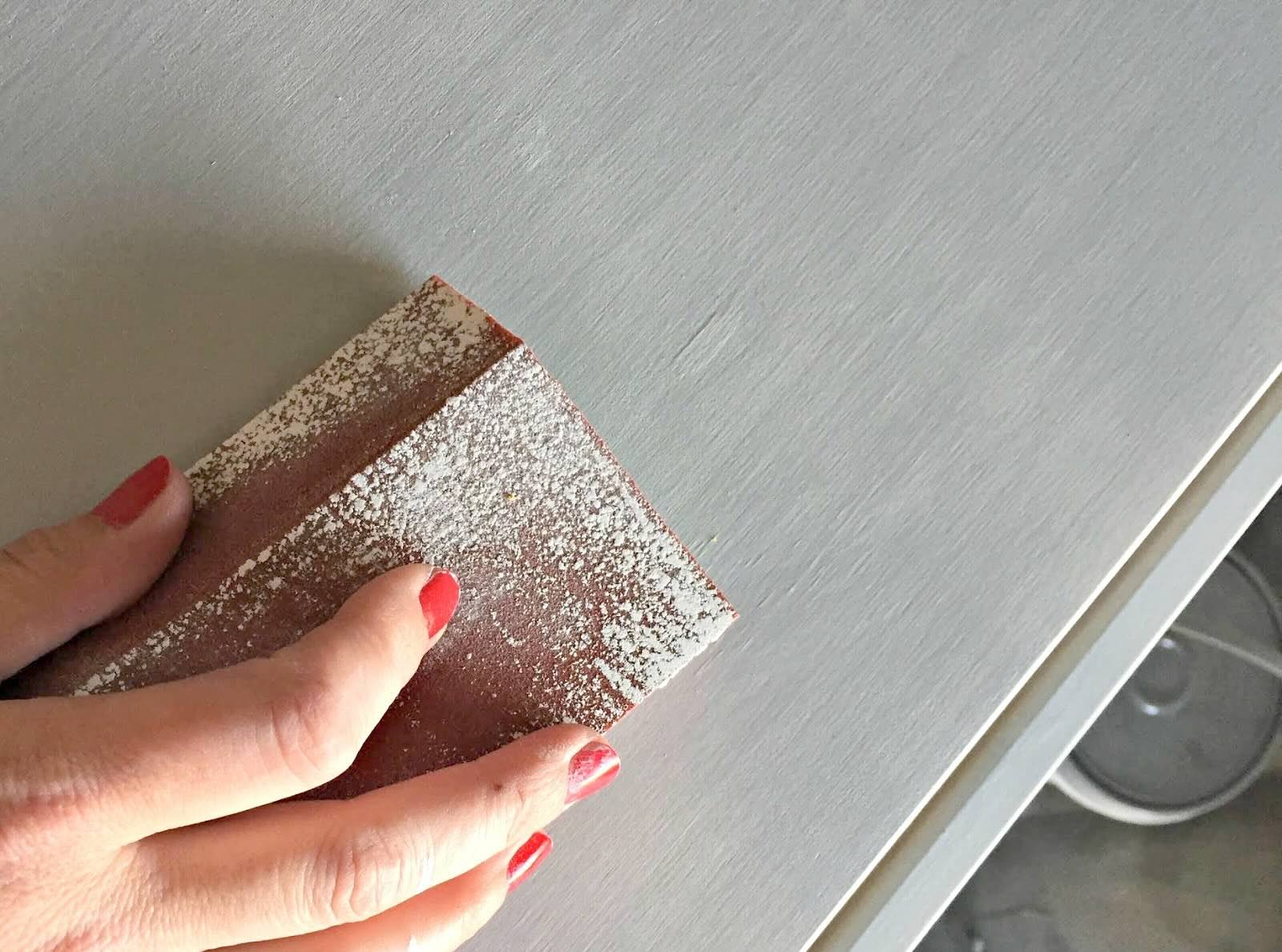
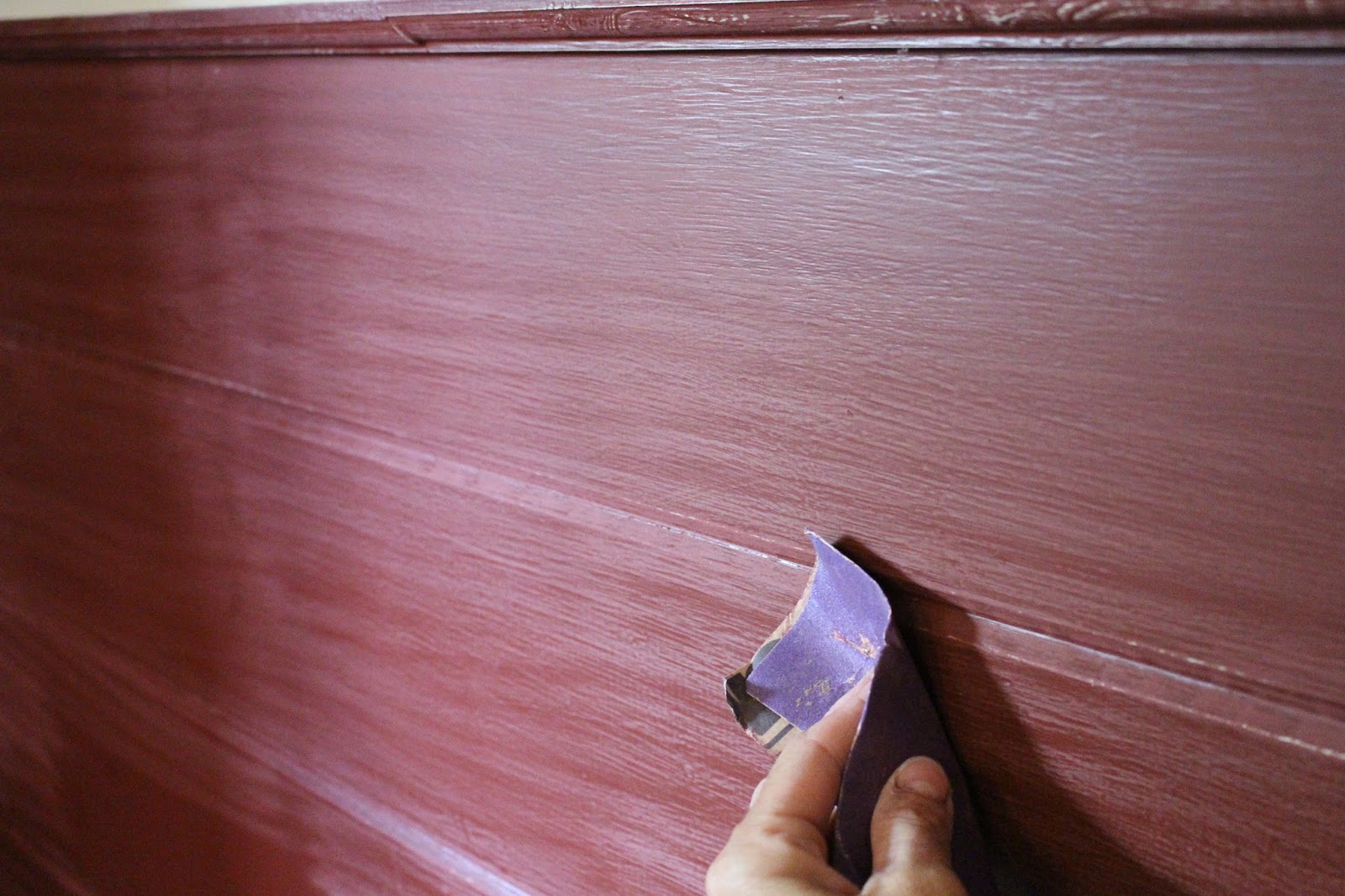
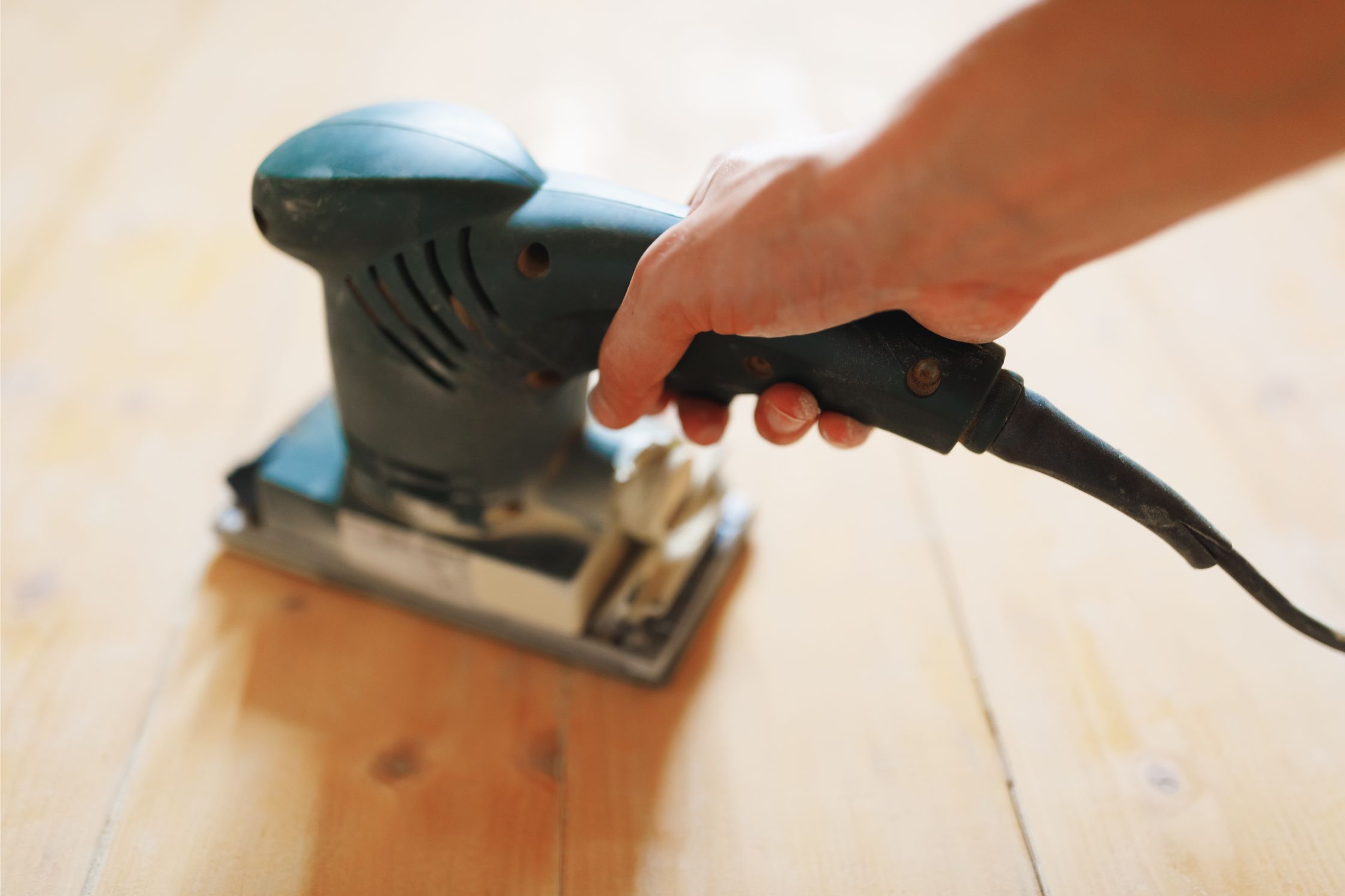
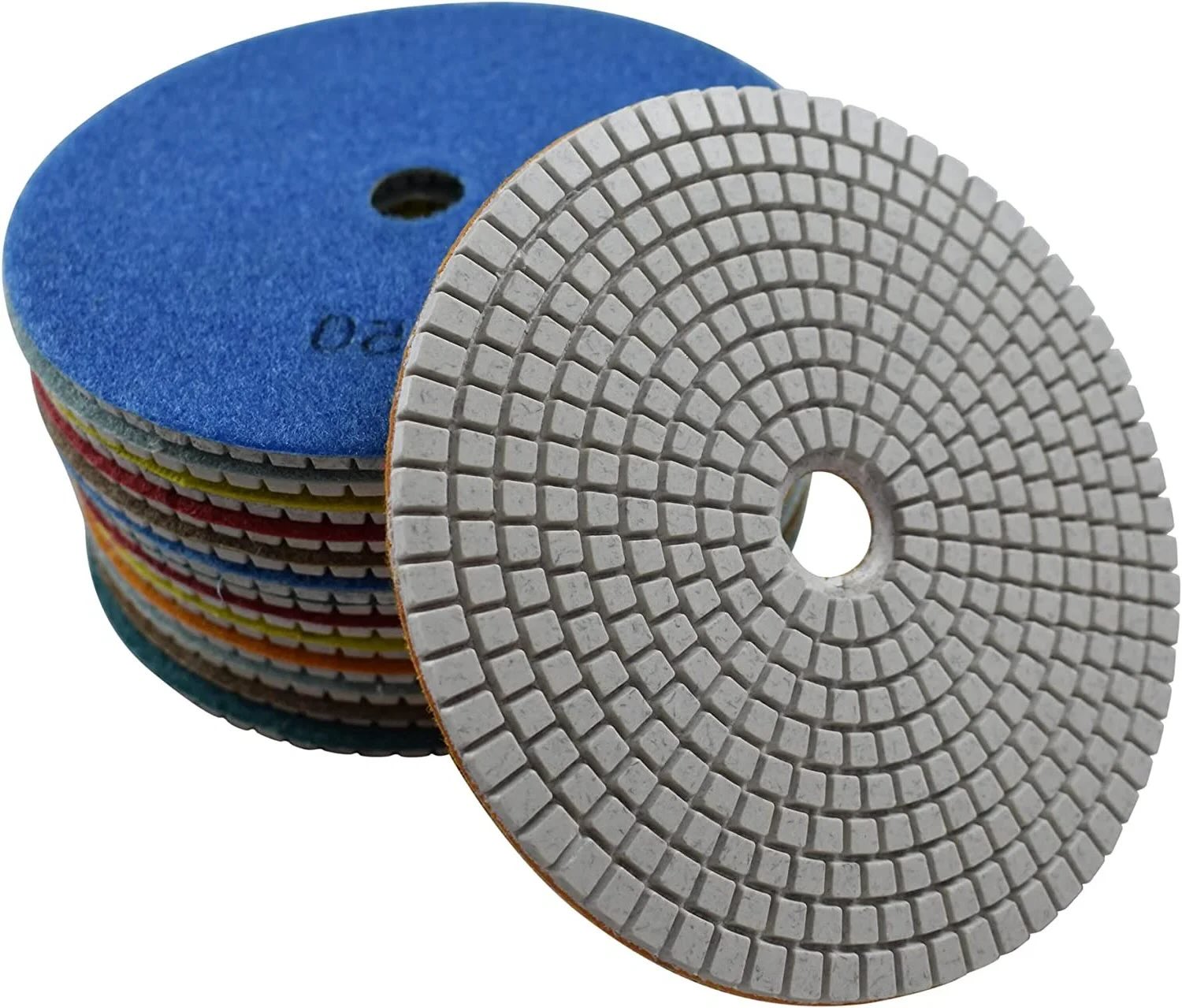


0 thoughts on “What Grit Sandpaper For Acrylic Paint”